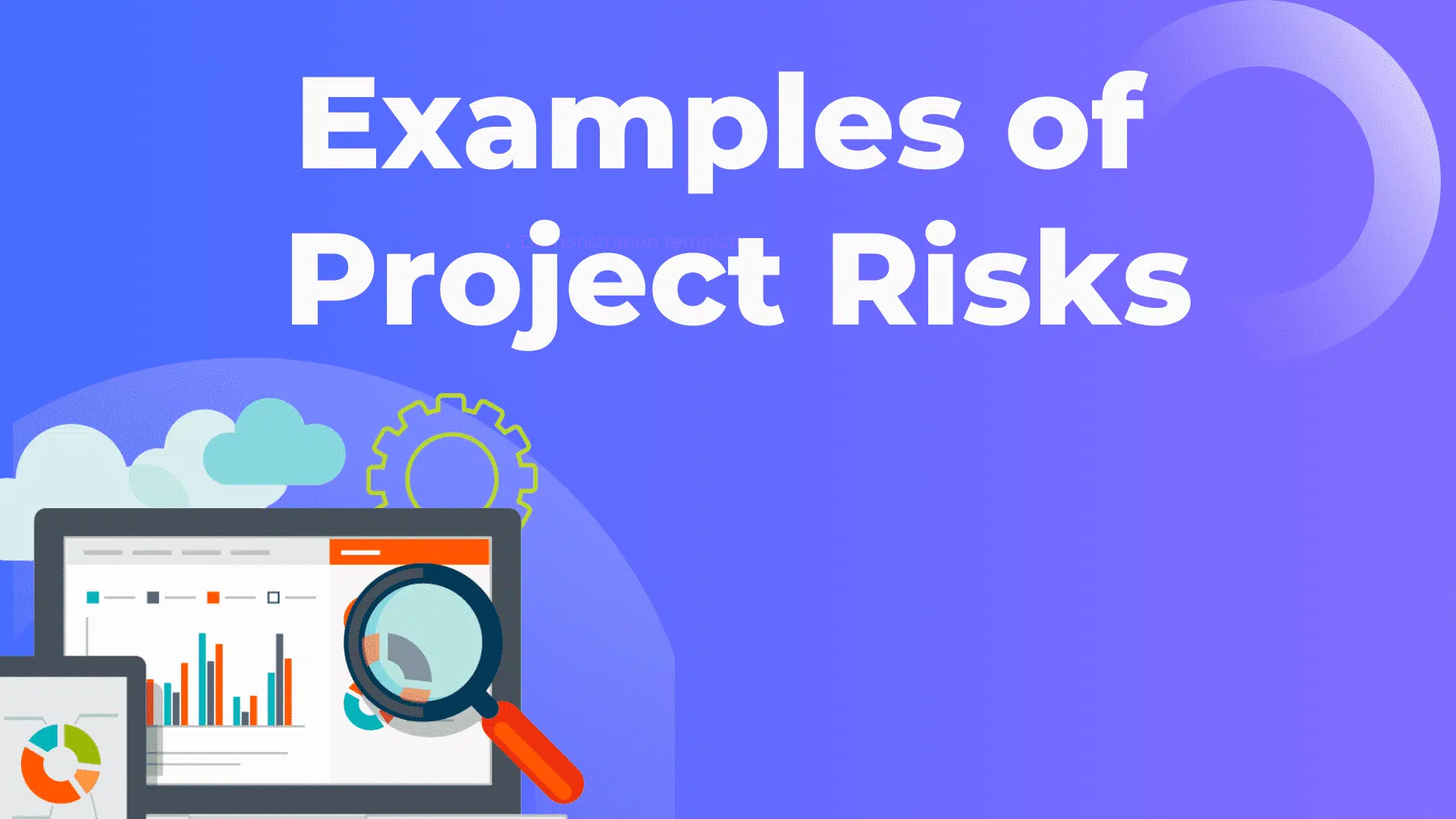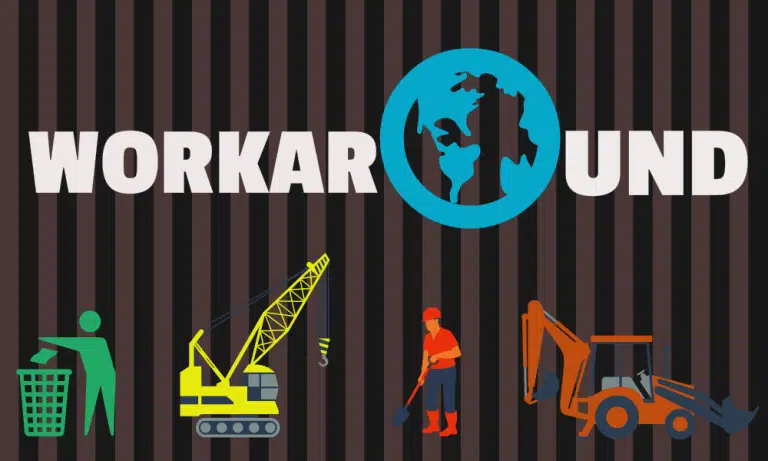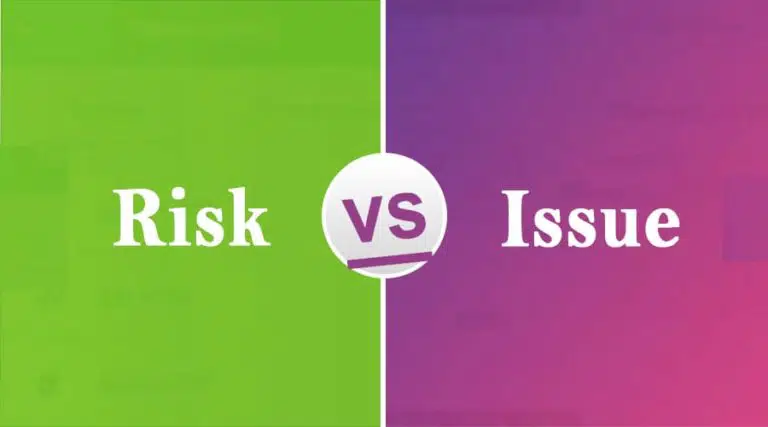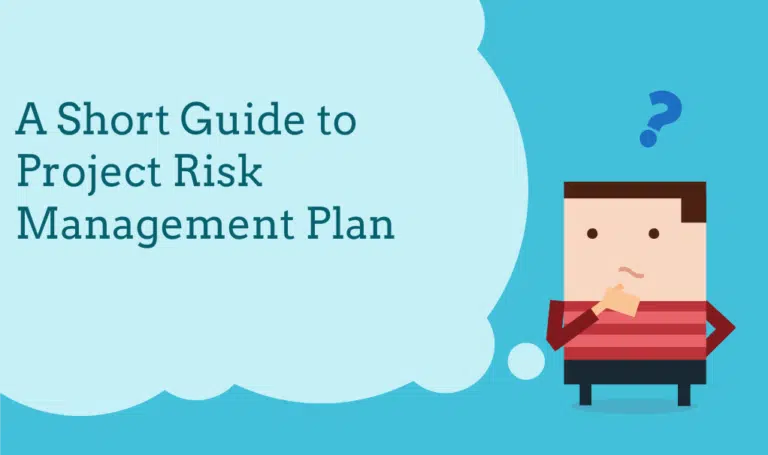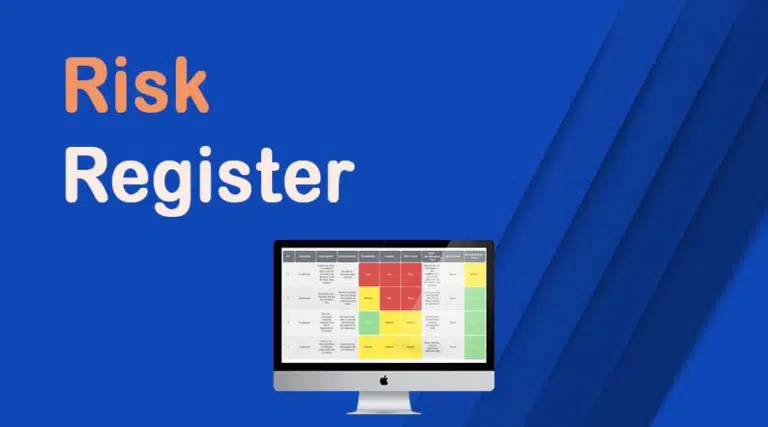All projects have risks; identifying them and developing a risk management plan can help you complete your project successfully, with minimal obstructions.
Examples of project risk can include scope creep, gold plating, tight schedule, low budget, etc. Project managers are responsible for identifying these risks and preparing the team to manage them when risks occur.
In today’s blog post, we will discuss the ten most common Examples of project risks you can encounter during your project lifecycle.
Examples of Project Risks
The following are a few examples of project management risks:
- Scope Creep
- Gold Plating
- Budget Constraints
- Unrealistic Schedule
- Poor Performance
- Resource Limitations
- Miscommunication
- Operational Changes
- Health and Safety
- External Hazards
#1. Scope Creep
Scope creep occurs when a project deviates from the scope due to miscommunication and misunderstanding among project stakeholders. Scope creep is sometimes known as requirement creep or feature creep.
Team members often do not understand the requirements and project scope as the scope is not clearly defined. Other times, a client or project sponsor requests a change, and team members implement it without routing it through the proper change approval process.
This causes unanticipated change and scope creep.
It is not difficult to manage scope creep. However, you must ensure that team members follow the change-management process, that all requirements are well defined, and that each member understands their roles and responsibilities.
#2. Gold Plating
Gold plating occurs when team members add extra features to the product to make the client happy.
Gold plating occurs for the following reasons:
- The team members believe that adding extra features won’t cost them anything.
- The team members believe they can quickly add extra features without affecting the project schedule or cost.
- The team members believe that the client and project manager will appreciate the extra features.
Gold plating is not a good practice, and it can affect the project cost and schedule; the client may disapprove of the changes, and it can break the trust between the client and the project team as the project team has added some features the client did not request.
You can avoid gold plating by regularly following the scope requirements and communicating the negative consequences of the gold plating to team members. They should not add any feature to the product which the client does not request.
#3. Budget Constraints
Most projects have budget constraints, and the project managers must complete the project within the approved budget. This becomes an issue when the project team does not estimate the budget correctly, and the project deviates from the baseline.
Budget risk occurs due to an unrealistic budget. This is a major risk and can cause project termination. This can happen as the team does not add the contingency or management reserve or does not correctly estimate the activities or resources.
Cost risks can be avoided using proper risk management, sound cost estimation, and rigorously following the project plan.
#4. Unrealistic Schedule
After cost risks, schedule risks can severely affect the project timeline. Schedule risks occur when the project deviates from the schedule. Either the project activities are taking longer to complete, or they are completed earlier.
A delay in schedule directly affects the cost risks.
Schedule risks can occur due to incorrect activity duration estimations, incorrect activity dependency determinations, ignorance of contingency or management reserves, improper buffer management, improper critical-path management, etc.
You can avoid schedule risks by correctly estimating the activity duration, finding the correct dependency and activity sequence, adding a reserve or buffer, and regularly managing the critical and near-critical paths.
#5. Poor Performance
Poor performance affects the cost, schedule, and other risks. These risks occur when employees are not motivated, lack skills, roles and responsibilities are not well defined, conflicts are common, etc.
The project manager must form the team with the right skills and mindset and continuously motivate them to perform better.
If any employee lacks skills, you can provide them with training. If they are not motivated, find the root cause of it and motivate them. You can offer them rewards, better work assignments for motivation, and use effective conflict resolution techniques to solve the conflicts.
Create and implement ground rules and define the roles and responsibilities well. These help reduce conflicts and increase the morale of team members.
#6. Resource Constraints
Resource constraints are common project risks, as all projects have resource limitations. No project has unlimited access to resources. Resources include manpower, machines, and materials.
The project will have resource risks if resources are not assigned well. Ensure you develop a sound schedule and assign tasks as per team members’ skills and capabilities.
Use resource-leveling and optimization to avoid overloading the resource. Request management the required resources or raise the change request to extend the schedule, increase the budget, or cut the scope as required.
#7. Miscommunication
Unclear responsibilities and roles, ineffective communication, unrealistic deadlines, nonadherence to ground rules, no control, lack of clarity, etc., can cause miscommunication.
Miscommunication is also a key reason for scope creep. Miscommunication can be internally within the project team, between the project team and management, between the project team and the client, and/or between management and the client.
To avoid miscommunication, you should insist that all communication occurs through formal channels and that all change requests follow the change-management process.
#8. Operational Changes
Businesses often change their operations, processes, or policies, thus affecting the project and its functioning, as well as causing the project management team to update their procedures, work assignments, and reporting systems. This in turn, affects the work negatively in the short term.
The project management team cannot predict these risks; therefore, they can only manage them once they occur. The project manager must provide full support to the project management team so that they can update their processes and procedures. The project manager must also work as a bridge between the project management team and upper management to ensure minimal impact of operational changes to the project.
#9. Health and Safety Risks
Managing health and safety is vital for organization functioning, and it is a legal requirement. Avoiding HSE regulation can cause huge fines to businesses. The project must have HSE policies to avoid potential risks related to the health and safety of team members.
For example, if the project is dealing with chemical products, the proper guidelines must be in place to avoid physical harm to team members and the environment.
#10. External Hazards Risks
Many risks are beyond the control of the project team or the organization. These risks are external hazards and include force majeure, such as earthquakes, floods, terrorist attacks, storms, civil unrest, vandalism, etc.
When these risks occur, the impact is huge and may cause the project to be terminated. The project management team must consider these risks while developing a risk management plan.
How to Manage These Common Project Risks?
You can follow the following five steps to manage risks in project management:
#1. Develop a Risk-Management Plan
First, develop a risk-management plan. Define how you will identify risks, rating criteria, probability, and impact. Decide how you will analyze risks and develop risk-response plans, etc.
This is the key step, as here you decide what risk management process you will use for your project.
#2. Identify Risks
You and your team members will identify your project’s potential risk. In this step, you will only identify risks regardless of their impact or probability. You can use checklists, lessons learned from previous projects, brainstorming, Delphi technique, interviews, etc.
Once you complete the risk identification process, you will compile them in a risk register.
#3. Analyze Risks
After identifying all the risks, analyze each of them. First, find their probability of occurrence and impact, and then calculate the risk score. Based on this score, rank each risk. Develop risk response plans for high-ranking risks and keep the low-ranking risks on a watchlist for future monitoring.
Choose either a qualitative risk-analysis process or a quantitative risk-analysis processes, as defined in the risk-management plan.
#4. Develop Risk-Response Plans
After analyzing all the risks, develop risk-response plans to manage each risk. Try to avoid negative risks. If this is not possible, mitigate their impact and probability using negative risk-response strategies.
Try to increase the impact or probability of positive risks to realize them using positive risk-response strategies.
After developing risk-response plans, assign risks to the risk-response owner, who will implement the plan if and when the risk occurs.
#5. Monitor and Control Risks
At this stage, your risk-management plan and risk-response plans should be ready. During the project lifecycle, the risk owner will implement the plans and record their effectiveness in the risk register whenever any risk occurs.
However, if any unidentified risk occurs, you will create a workaround and manage the risk.
Note that for identified risks, you will use the contingency reserve; for unidentified risks, you will use the management reserve.
Useful Project Risk-Management Tools
The following risk-management tools are useful:
- Risk-Assessment Matrix (RAM): This visual tool helps categorize and prioritize risks based on their likelihood and potential impact. Risks can be classified as low, medium, or high.
- SWOT Analysis: SWOT stands for strengths, weaknesses, opportunities, and threats. Using this tool, you will find internal and external threats and opportunities.
- Monte Carlo Simulation: A Monte Carlo simulation will help you identify the impact of risks and uncertainties by running many simulations of a project in different situations.
- Root-Cause Analysis: This method identifies the underlying causes of risks and problems, thus helping you solve the root issues rather than their symptoms.
- Decision Trees: This method visually shows decisions and their potential consequences, thus allowing you to assess the impact of different choices.
- Scenario Analysis: This technique creates many scenarios to evaluate how different conditions can affect the project.
- Project Management Software: Most organizations use project management software with built-in features to manage risks and provide the necessary risk management tools.
Summary
A project can have many risks, and identifying them all is impossible. The examples of project risks given in this post are the key risks, but you may find many risks not mentioned in this post. Develop a sound risk management plan and be ready to face any challenge that comes along the way with the help of the right tools and project management team.

I am Mohammad Fahad Usmani, B.E. PMP, PMI-RMP. I have been blogging on project management topics since 2011. To date, thousands of professionals have passed the PMP exam using my resources.

